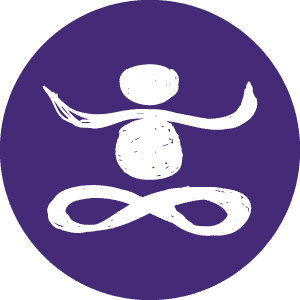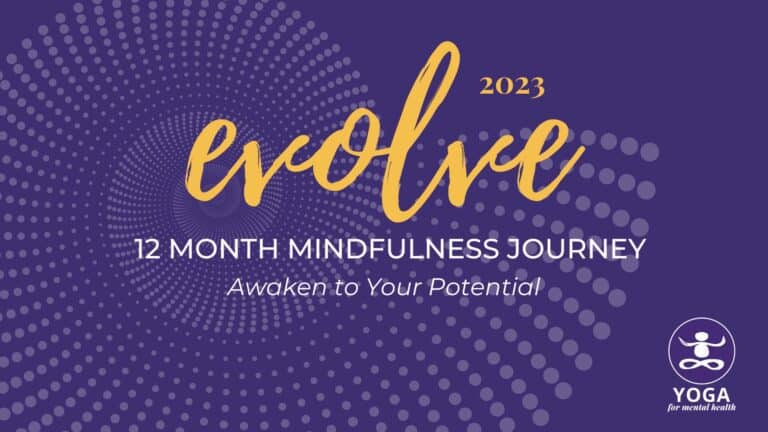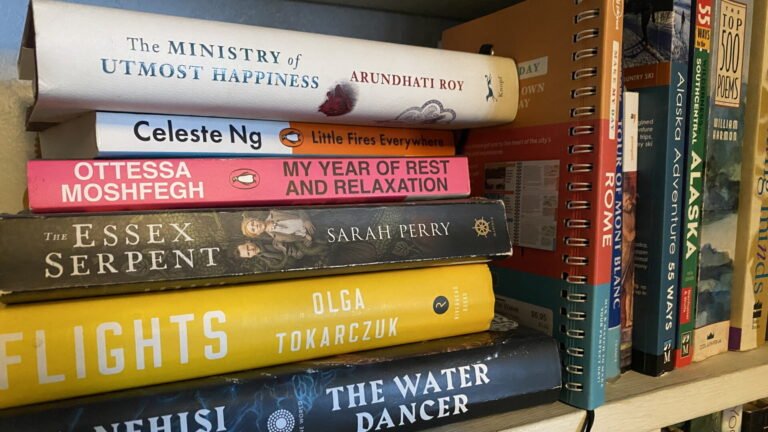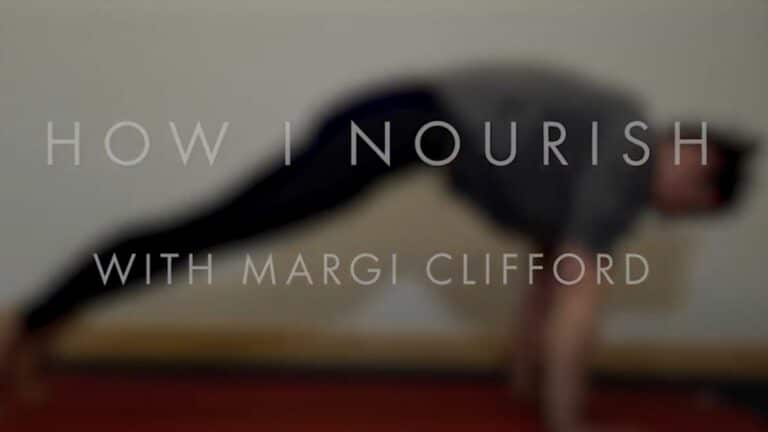Are you dreading the winter? Losing steam? Up here in Alaska we’re all too familiar with the seasonal effect. I’m sure you are where you live too, whether it’s the crops or the fashion that’s in season, we humans are inexorably linked to our surroundings.
Seasonal affective disorder is a condition that is precipitated by the change of season, particularly at the equinoxes. It is marked by a depressed mood, low energy, pessimism, and can affect people’s ability to work, and maintain relationships. It most often starts in the fall and wanes in the spring but it can also go the other way. There are bio-chemical, psychological, and environmental components of this, and all, mood disorders. That’s good news, it means that there are a lot of ways that you can manage it!
Here are 5 practical and effective tips to help you manage your mood with seasonal affective disorder.
1. Get outside
To manage some of the environmental, bio-chemical, and psychological effects of seasonal affective disorder, get outside! Ideally, get outside during daylight hours. If you can’t get outside during the day, bring the outside in, get to a window, sit near a plant, listen to birdsong and ocean waves, use screensavers and display images of the outdoors.
In the fall and winter, you can also supplement negligible daylight with a SAD light. (If your experience includes mood shifts, rather than a persistently depressed mood, it’s especially important to consult with your healthcare provider about using light therapy.) In order to be effective, a SAD light should be used within an hour of waking for about 20-30 minutes. You should be no more than 2 feet from the light with your eyes open (but not looking directly at it.) Follow manufacturer’s instructions. The Mayo Clinic has some additional suggestions about choosing a light here.
2. Change your clothes
To help manage seasonal affective disorder, change something else. Take some time to pull out your favorite clothes and move them to the front of your closet. Get rid of some things and get something new. It doesn’t need to be brand new, just “new to you.” It can be a hat or pair of gloves, a pair of shoes, or a scarf. It should be a color and texture that are pleasing that you feel better when wearing. (These accessory items may be especially important if you are caught in negative thoughts around body size and shape and have trouble finding clothes that you like.)
On a day to day basis, set yourself up for success by having a few simple, comfortable, and flattering items in a regular rotation. A “capsule wardrobe” is a nice option when simplifying things, for whatever reason, is helpful. It lessens the options, and the laundry… both of which can be a drain on energy resources. Even changing your socks or underwear (and while you’re at it, why not your pants,) can be a game changer for mood.
3. Buddy up
A Tuesday night walk, Saturday morning coffee, FaceTime on Monday… any of these and a multitude of other options can work to help keep you connected. Commitments can be easier when they fit in a container and a season is a perfect one to try. It’s best to make it a regular day, time and activity so you’re not wasting energy on coming up with a plan on the fly.
You may find that there’s a class or event already scheduled that you can join… buddies are built in that way! In Anchorage we have Tuesday Night Races, First Fridays at the Museum, and lots of other great community events. At Yoga for Mental Health we host in-person and online classes and love watching friendships grow within our community.
A new season can also be a good time to reconnect with friends who you might not seen as much of during the summer months. People move apart and come together, just as the seasons ebb and flow. There might also be new opportunities. Some relationships require a lot of effort, others can be easier. When you’re working to manage your mood it can be a good time to take advantage of opportunities for ease. It might just mean taking the time to chat with a customer service agent. Plants and animals are buddies too. A connection is a connection and we need them.
4. Start something new
Everything isn’t ending… start something new to help balance the effects of seasonal affective disorder! Find something that you are (even remotely) interested in and start with modest expectations. Here again the “container” of the season can be really helpful. Maybe you set a mileage or time goal for walking or biking. You could start a new journal. Maybe it’s time to take out the art supplies and have them easily accessible. It could be a jigsaw puzzle, a meal or vacation plan, a political campaign, a Duolingo streak… on and on… it could even be brainstorming a list of possible projects!
One of the most important skills that I teach to my students and clients is the ability to recognize a process in progress. There is much “work” that happens behind the scenes before we see the actualization of our ideas. This is true in the garden over winter. This is also true in our minds while they reflect, synthesize, image, and strategize. Please be patient and supportive of your own processes. Bear witness to the germination of some little seeds this season.
5. Rest
To honor the adaptive element of seasonal affective disorder that lowers our energy levels, go to bed early and take breaks during the day. Use an interval timer to schedule regular times to “slow down” or change gears when walking or working. I have learned to love this rhythm. It took practice. Baking sourdough bread is one of the practices that I use to practice intervals when working at home. There is a part of the process that requires my engagement for a few minutes every half hour for several hours. Tending to the bread while also working on another project helps me appreciate how useful it is to take breaks. My body is especially grateful for these!
There are other ways to rest that can help with seasonal affective disorder. Rest your eyes in the softer light of the season. Use candles or twinkling lights. See if it isn’t a little easier to catch the sunrise and sunset. Rest your ears. Leave the earbuds out and the speakers off periodically. Limit what you consume… not just food but images and noise too. Give your system time to digest what you have eaten. Eat early in the day so you have time (and energy) to digest before bed.
And, perhaps most importantly, give yourself a break from the “shoulds” that run in the background of our awareness. Our culture is quite obsessed with productivity. Our minds and bodies are completely incapable of meeting that demand alone. A higher consciousness can guide what I call the “administrative assistant” of the mind when to take breaks, regroup, and, what to prioritize.
This season is one for slowing down and savoring… try adding some mindfulness practice to your day. Notice and investigate your surrounding and inner experience. Use a notebook, journal, canvas, or your voice to help maintain awareness.
Seasonal Affective Disorder
Seasonal affective disorder is no small thing. It, like most of our mental health diagnoses is an extreme presentation of what is otherwise a normal and even adaptive response. Yes, we change as the seasons do. However, sometimes, we overdo it. If you are someone who tends to overextend you may be at increased risk. If you have a history of depression or if it runs in your family, you may be more likely to experience a seasonal affective disorder.
If your ability to work, eat, move, sleep, take care of vulnerable beings in your charge (including yourself) and/or control impulses that may be self-harming is compromised by negative thoughts and low energy, please talk to a professional. This condition is unlikely to resolve on its own without intervention. Licensed counselors and social workers, nurse practitioners, naturopaths, psychiatrists, and mindful primary care providers can all help you to assess your risk and develop strategies to facilitate healing and prevent further harm. Yoga for Mental Health is one such organization that treats seasonal affective disorder and its precursors. For individual therapy, click the “Book Now” link on our homepage.








